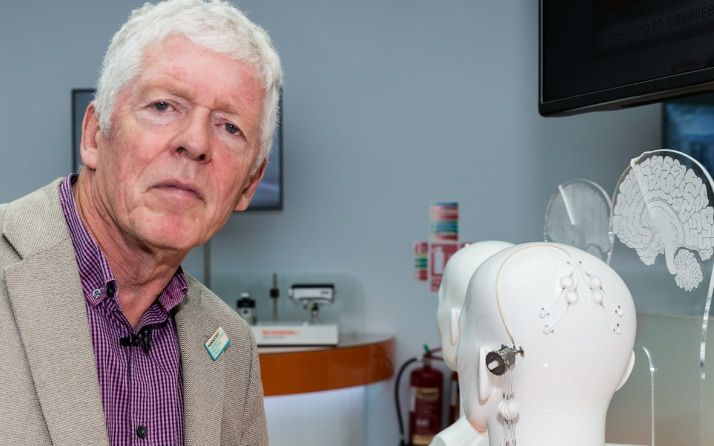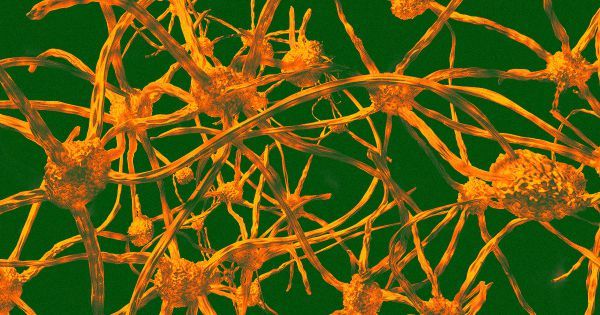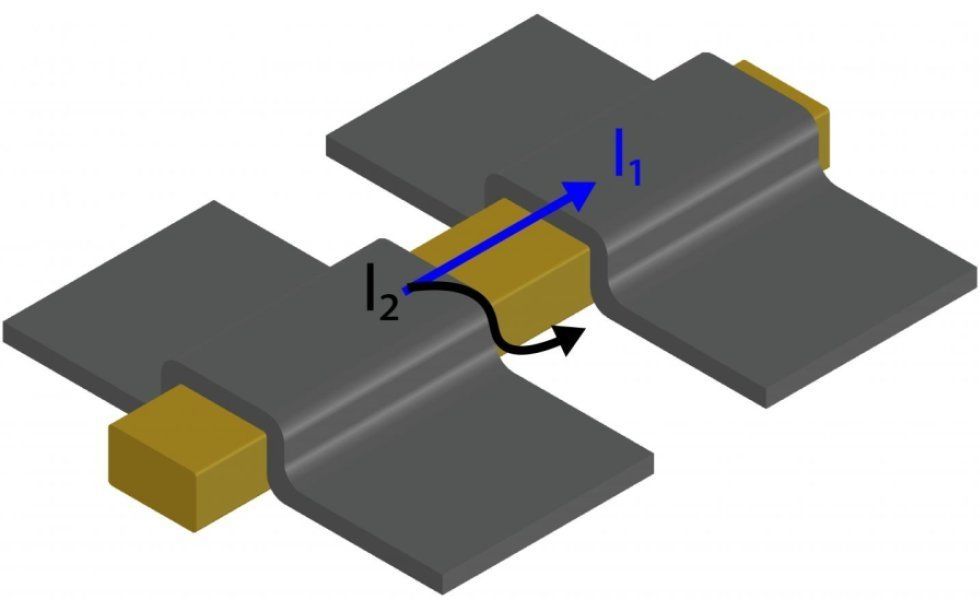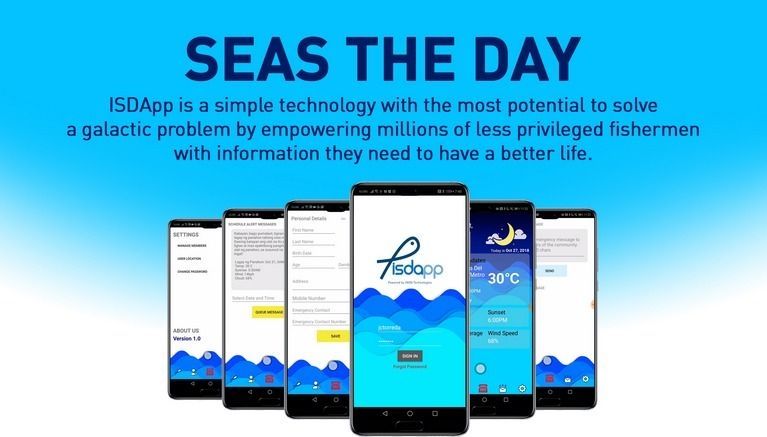Feb 27, 2019
Are Robots Competing for Your Job?
Posted by Derick Lee in categories: economics, employment, food, robotics/AI, sustainability
This thesis has been rolling around like a marble in the bowl of a lot of people’s brains for a while now, and many of those marbles were handed out by Martin Ford, in his 2015 book, “Rise of the Robots: Technology and the Threat of a Jobless Future.” In the book, and in an essay in “Confronting Dystopia: The New Technological Revolution and the Future of Work” (Cornell), Ford acknowledges that all other earlier robot-invasion panics were unfounded. In the nineteenth century, people who worked on farms lost their jobs when agricultural processes were mechanized, but they eventually earned more money working in factories. In the twentieth century, automation of industrial production led to warnings about “unprecedented economic and social disorder.” Instead, displaced factory workers moved into service jobs. Machines eliminate jobs; rising productivity creates new jobs.
Probably, but don’t count yourself out.


















